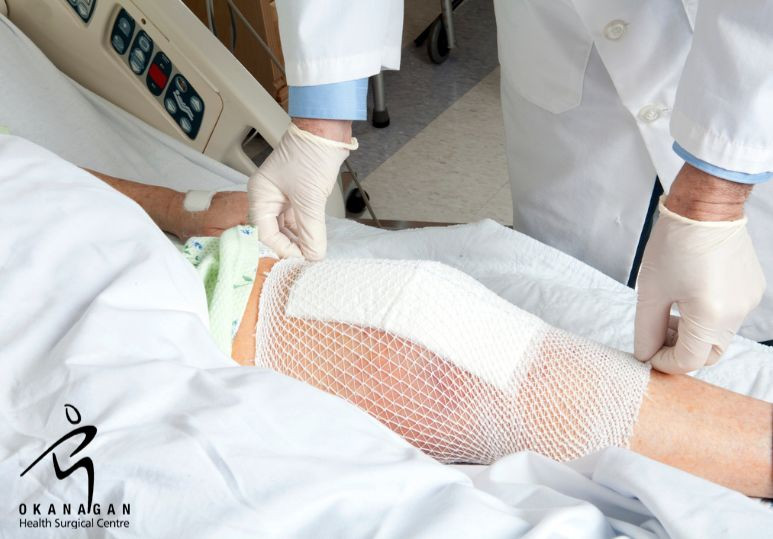You tore a ligament in your foot playing your favourite sport a few weeks ago, and your physical therapist has been hard at work trying to help you rehabilitate it. Unfortunately, your crutches and the constant pain in your foot remind you that you will not be recovering from this injury any time soon—at least not with therapy alone.
When your foot injury refuses to heal and every step takes a toll on your body, it is time to look at orthopedic surgery.
Here are 5 types of foot surgeries that orthopedic surgeons perform to help you get back on your feet.
Restarting On The Right Foot
Despite the vital role they play in your daily life, your feet can be surprisingly fragile. Any sprain, torn ligament, or fracture can put you out of commission for an extended period.
The good news is that most foot or ankle injuries can be nursed over time and with the help of physiotherapeutic exercises. But sometimes, the injury can be so grievous that rehabilitation is insufficient. In these cases, you will have no choice but to turn to orthopedic surgery.
Orthopedic surgeons at the Okanagan Health Surgical Centre offer 5 types of foot surgery to get you back on your feet again:
- Foot and ankle arthroscopy
- Foot and ankle fusion surgery
- Achilles tendon repair
- Metatarsal foot surgery
- Calcaneal osteotomy
To learn more about the foot surgeries offered by our orthopedic surgeons, read the remainder of this article, or call us at (250) 868-9799 or fill out the online contact form.
How Your Orthopedic Surgeon Fixes Your Feet
- Foot and ankle arthroscopy: Relatively non-invasive compared to other kinds of foot surgery, arthroscopy involves inserting a thin fiber-optic camera (arthroscope) in the ankle joint. The arthroscope transmits images to the surgeon, allowing them to see the inside of your foot. While arthroscopy does not fix your foot or ankle injury by itself, it is often the first cut (quite literally!) of more complex surgery. Arthroscopy assesses the nature and the extent of your injury and tells your foot surgeon what exactly needs to be done to rectify it. If you are suspected of having an ankle fracture, torn ligaments, ankle arthritis, or an ankle sprain, your surgeon may perform arthroscopy on you.
- Foot and ankle fusion surgery: This procedure involves joining two or more bones together (hence, fusion) in the foot or ankle. The logic is that combining separate bones makes for a stronger and more stable foot. Plates and screws are added in to provide additional support to the fused bones. Fusion surgery is an effective method of treating ankle arthritis, flat feet, and fractures.
- Achilles tendon repair: While your Achilles tendon is quite robust and is the largest tendon in your body, it can still tear when subject to strong force. A torn Achilles means that you will feel pain with every step you take. Achilles tendon repair involves stitching the torn or ruptured Achilles tendon back together. If your Achilles tendon is severely damaged, your surgeon may take a tendon from another place in your foot to replace it.
- Metatarsal foot surgery: Behind each toe lies a long metatarsal bone. These bones are prone to breaking when you twist your foot or drop a heavy object on it. Your metatarsal bones may also be damaged if you have rheumatoid arthritis. The surgery for metatarsal bones involves reinforcing or aligning the damaged bones with fixation devices such as pins and screws.
- Calcaneal osteotomy: If your calcaneus (heel bone) fractures, surgery may be necessary. This entails realigning the heel bone using fixation devices.
Stand On Your Feet Again
Some of the most common foot and ankle surgeries include:
- Foot and ankle arthroscopy: Transmits images inside your foot to the surgeon so they can assess the next steps.
- Foot and ankle fusion: Strengthens your bones by fusing them together.
- Achilles tendon repair: Stitches your torn or ruptured Achilles tendon back together.
- Metatarsal foot surgery: Reinforces or realigns broken metatarsal bones with fixation devices.
- Calcaneal osteotomy: Realigns the broken heel bone with fixation devices.
Do you think that your feet may require one of these procedures to regain their previous mobility? Call our foot surgery experts at (250) 868-9799 or fill out the online contact form.
FAQs
When should I have foot or ankle surgery?
Foot surgeries are usually the last resort performed when physiotherapeutic treatments have proven insufficient
How long do most foot or ankle surgeries take?
Most such procedures take around 3 to 4 hours, but recovery time can last significantly longer. You are advised to take at least 1 or 2 weeks off work.
Are foot or ankle surgeries painful?
Local anesthesia and mild sedation ensure that you will not feel any pain during the procedure.






